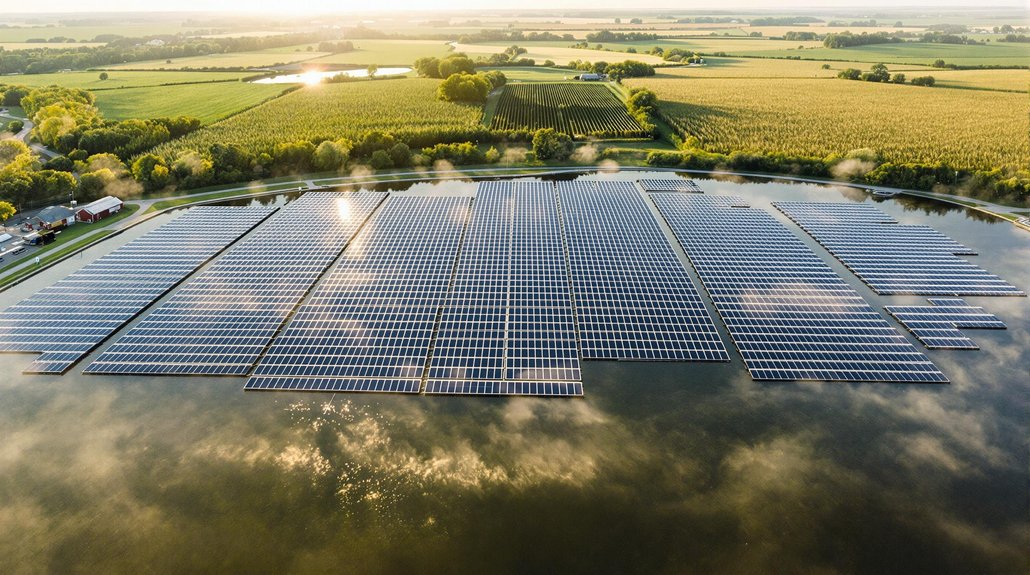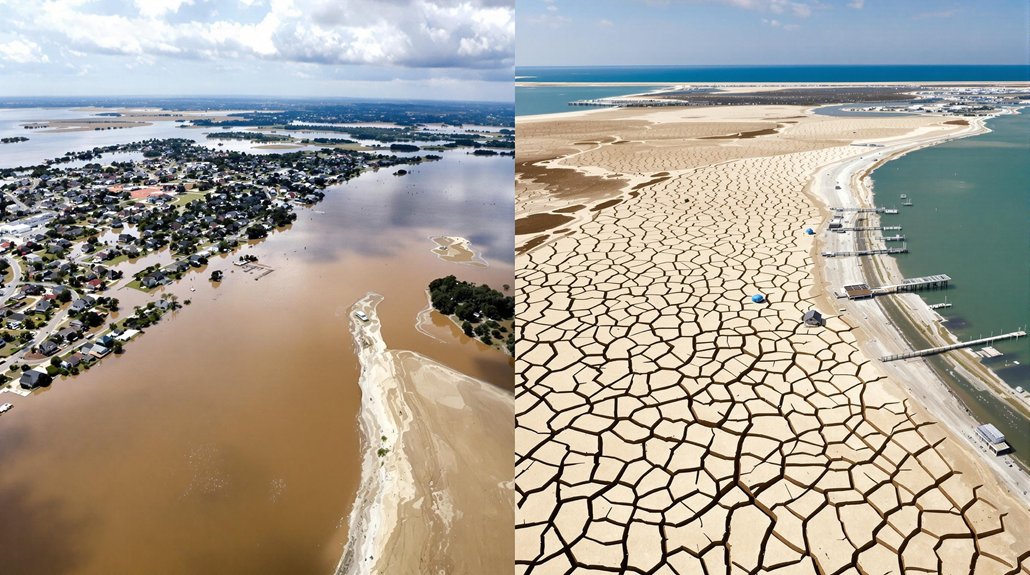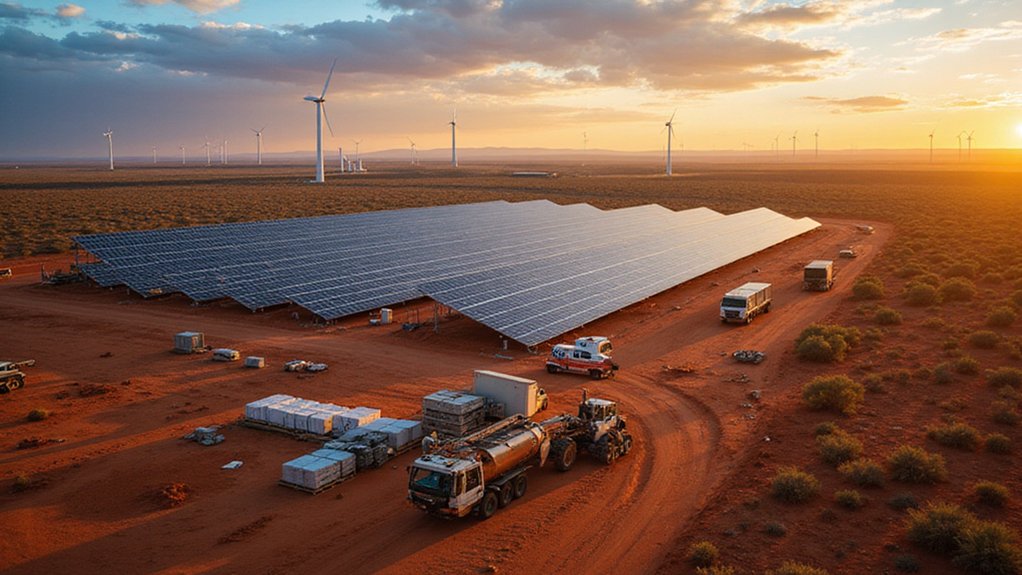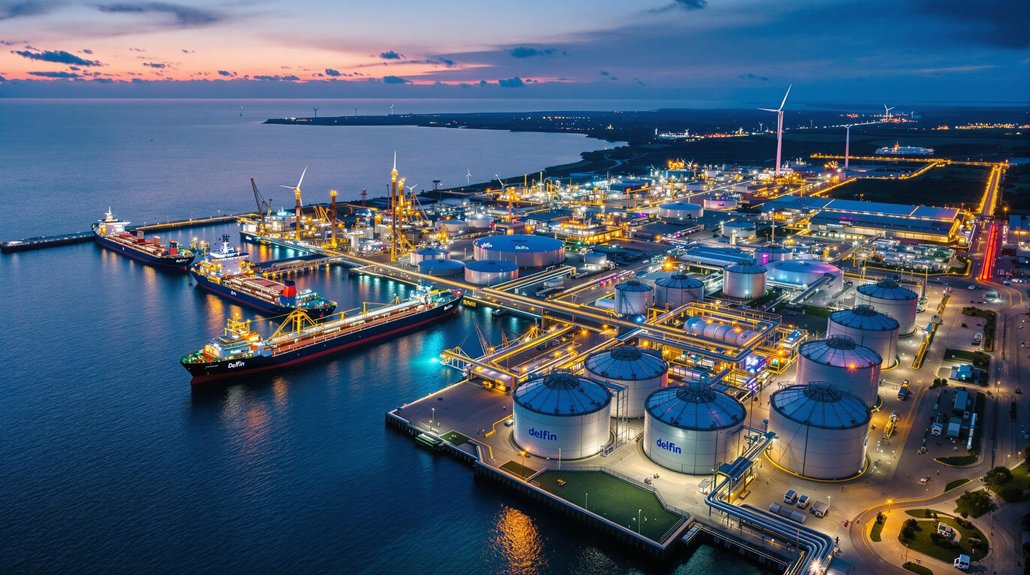While traditional solar farms continue to gobble up vast stretches of farmland, a new project in Monroeville, Ohio is taking a different approach. The 6-megawatt floating solar array under construction will be the largest in the state when completed. No need to plow under cornfields here, folks. This innovative system will float right on the village’s existing reservoir. Genius, right?
Set to generate over 7,500 megawatt-hours annually, the installation will power homes and businesses through the local grid when it goes operational in early 2026. D3Energy is spearheading the development alongside the Village of Monroeville, with Gardner Capital owning the project under a long-term Power Purchase Agreement. The partnership is turning heads in renewable circles.
The environmental perks are substantial. Beyond saving roughly 30 acres of land, the floating panels reduce evaporation and limit sunlight penetration. Less sun means less algae. Less algae means easier water treatment. It’s not rocket science.
Smart solar solves multiple problems at once: save land, reduce evaporation, fight algae growth. Simple benefits with powerful impact.
This isn’t Ohio’s first rodeo with floating solar. A smaller 1.5-megawatt system at Del-Co Water already offsets half that facility’s electricity usage. But Monroeville’s project? Four times bigger. It’ll blow past the previous state record of 2 megawatts without breaking a sweat.
The technology itself—Hydrelio® floating system from Ciel & Terre—has already been deployed globally with over 1.5 gigawatts installed worldwide. The system is designed to withstand extreme weather including hurricanes and severe storms. Hardly experimental at this point.
For a rural community like Monroeville, the project represents more than clean energy. It’s about leadership. It’s about preserving agricultural land. It’s about energy security and cost stability. The floating design avoids the habitat loss often associated with land-based solar farms. Water cooling improves panel efficiency compared to traditional land-based solar arrays. Local contractors, including ARP Solar, will handle construction and maintenance, keeping jobs in the community.
As farmland-versus-solar debates rage on elsewhere, Monroeville just sidestepped the whole argument. They put their panels on water instead. Problem solved. The rest of the Midwest might want to take notes.
References
- https://cleantechnica.com/2024/12/06/floating-solar-array-launches-in-ohio-yes-ohio/
- https://www.renewableenergyworld.com/solar/ohios-largest-floating-solar-array-is-now-under-construction/
- https://www.prnewswire.com/news-releases/d3energy-makes-a-splash-with-ohios-largest-floating-solar-array-in-monroeville-302522802.html
- https://d3energy.com/recent-projects
- https://www.altenerg.com/back_issues/story.php?sid=3545









